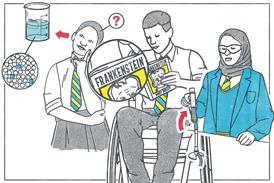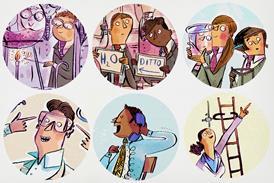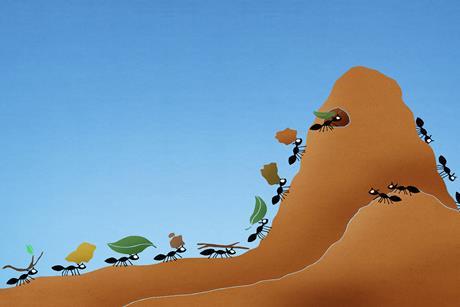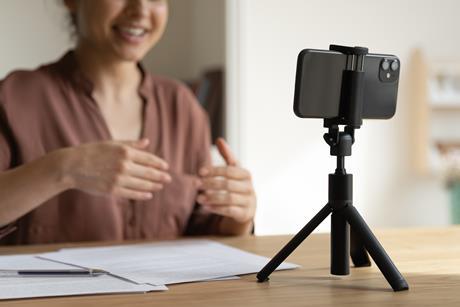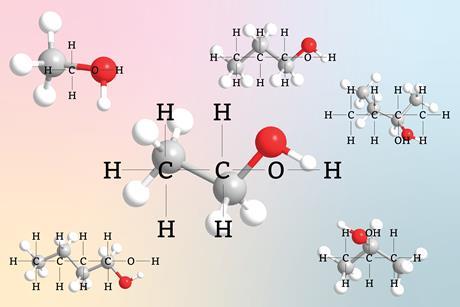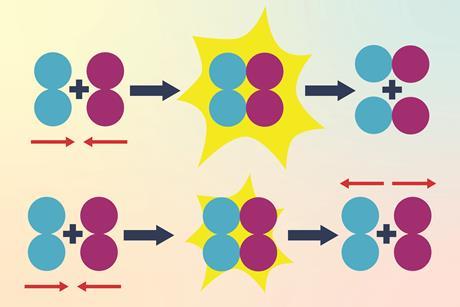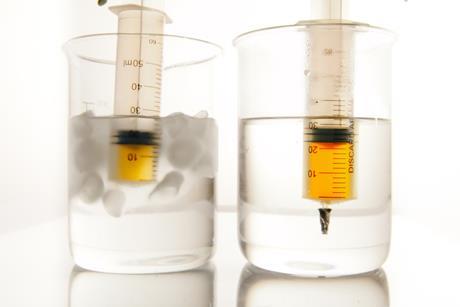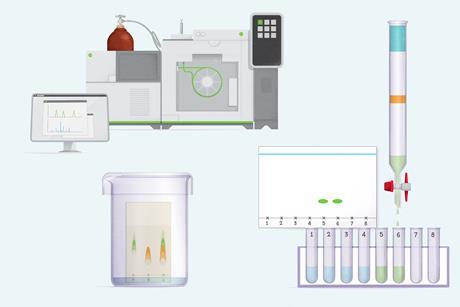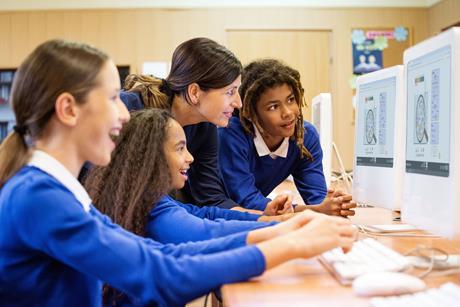Combine stories and demos for wow lessons
Weave storytelling into classroom practicals to deepen engagement and understanding
How to build a culture of hard work in your classroom
Why hard work matters more than data – and how to make it happen
Capture learners’ attention with video feedback
Record a video mark scheme for exams and watch your learners’ engagement with feedback soar
Build better conceptual understanding
How you can model constructing complex sentences to improve learners’ mental models
Successfully embed retrieval practice into your classroom
Reusable question sheets improve student recall of key chemistry content
Ideas to inspire confident contributions to group talk
Include every learner in the chemistry conversation with these four valuable tools
Education in Chemistry - Classroom articles
Teaching alcohols at 14–16
Help students understand alcohols and their reactions
Teach electrolysis at 14–16
Encourage learners to be positive about electrolysis
Teaching rates of reaction and collision theory at 14–16
Help students tackle the topic of collision theory head on with these teaching strategies
Explore the nitrogen oxides: unexpected equilibrium
Volume and temperature affect the equilibrium position of nitrogen dioxide and dinitrogen tetroxide in this counterinituitive equilibria chemistry demo
Explore the nitrogen oxides: Avogadro’s law revisited
Use colourless nitrogen monoxide and oxygen gases to produce coloured nitrogen dioxide gas
Forming a cloud in a bottle
Explore evaporation, condensation and equilibrium with this quick and easy demonstration
Teaching distillation’s apparatus and stages
Walk your 14–16 learners through the process of distillation and the equipment needed
Commercial applications of chromatography
Show post-16 students how the analytical techniques they learn in the classroom have real-world applications with this poster and fact sheet
Be an inclusive science teacher with these research-informed tips
Making chemistry lessons and practicals more accessible for learners with additional support needs will benefit everyone in your class
What is the best revision technique?
There’s not just one. Use these evidence-based strategies to set your students up for science exam success
Integrating scaffolding and metacognition into titrations
Can a flipped-practical approach encourage thinking and self-reflection?
Creative exercises to connect concepts in organic chemistry
Learn how to use purposeful prompts to encourage students to make meaningful connections between newly learned and previously covered ideas
How making mistakes in practicals impacts student engagement
Understand how learners respond to and recover from different types of errors in the chemistry lab to improve student outcomes
Use students' drawings to understand their thinking
How to develop your recognition and interpretation skills to better evaluate learners’ chemical representations
How metacognition improves student engagement and outcomes
Two strategies to improve learners’ thinking about thinking when solving chemistry problems
How PhET simulations help students with abstract concepts
Use digital resources to improve students’ chemistry learning outcomes
